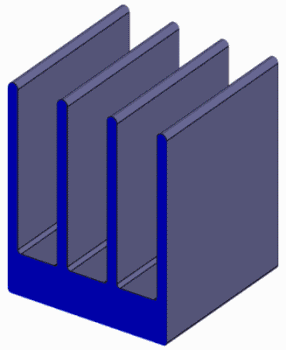-
- Actuators
- Coil Design
- Electromagnetic Brakes & Clutches
- Inductors
- Levitators
- MRI
- Motors
- Alternators and Generators
- Electromagnetic Brakes and Clutches
- Sensors
- Loudspeakers
- Magnetic Encoding
- Relays and Contactors
- Solenoids
- Shielding
- Electromagnets
- Magnetic Bearings
- Magnetic Signatures
- Magnetic Fixtures
- Magnets
- Non Destructive Testing
- Particles
-
- Antenna Radiation Characteristics
- Simulation of an Airplane
- EM Simulation of a Desktop
- EM Compatability and EM Interference
- Cable Junctions and Terminations
- Filters
- Lightning Strikes
- Microwave Circuits
- Microwave Ovens
- MRI
- Near Field Analysis
- Radar Cross Sections
- Radio Frequency Cavities
- Reflector Antennas
- Sensors
- Ultra Wideband Antennas
- Waveguides
- Antennas
Electric Motors
One of the most common uses of permanent magnets is for creating the magnetic fields in electric motors. The only way to try new concepts or to optimize an existing design is by either finite element or boundary element simulation.
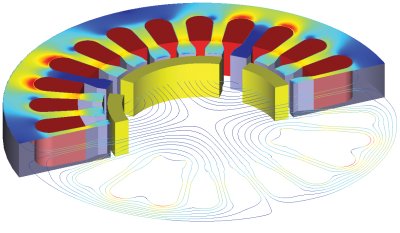
Some of the common parameters available:
- Torque curves as a function of angular position
- Flux linkage calculations for determining the back electromotive force
- Losses which can then be used to calculate the thermal profile of the motor
- Advanced winding features which enable the designer to include winding diagrams in the finite/boundary element analysis.
- Transient calculation such as current and torque versus time
Some specific motor cases:
-
Brushless DC Motors:
For brushless DC motor simulation it is usually sufficient to conduct a two dimensional (2D) analysis with MAGNETO™. If it is necessary to include the effects of flux leakage at the ends of the motor, then three dimensional (3D) program AMPERES™ should be used. -
Induction Motors:
For induction motor simulation it is usually sufficient to conduct a 2D analysis with OERSTED™. If it is necessary to include the effects of flux leakage at the ends of the motor, then FARADAY™ should be used.
Voice Coil Motors:
-
Hard Disk Read-Write Actuator Arm:
AMPERES™ is recommended, as the configuration of the permanent magnets requires a full 3D analysis. -
Loudspeakers:
Conventional dynamic cone loudspeakers can usually be analyzed using a MAGNETO™ RS model. More exotic shapes may require AMPERES™, and loudspeakers employing electrostatic forces may require ELECTRO™ or COULOMB™. The Boundary Element Method has a particular advantage for this application because of its ability to generate extremely accurate air gap field analysis.
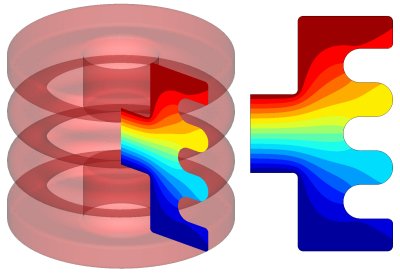
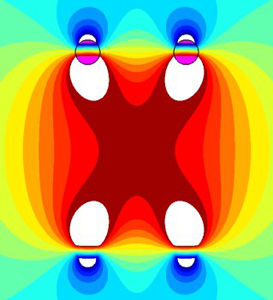
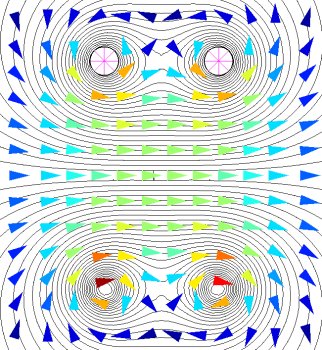
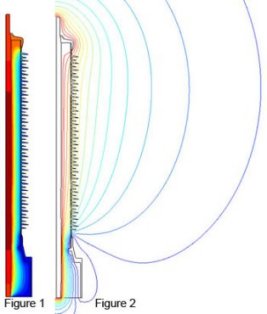
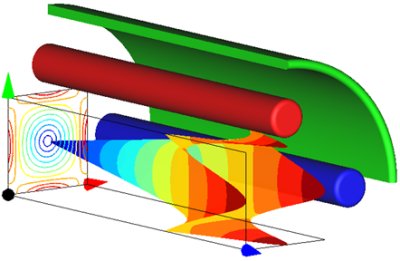
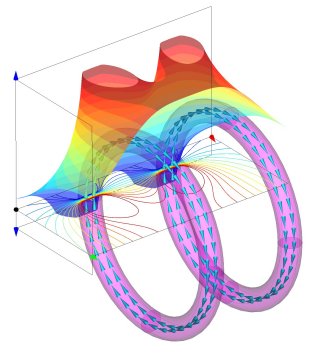
.gif)
